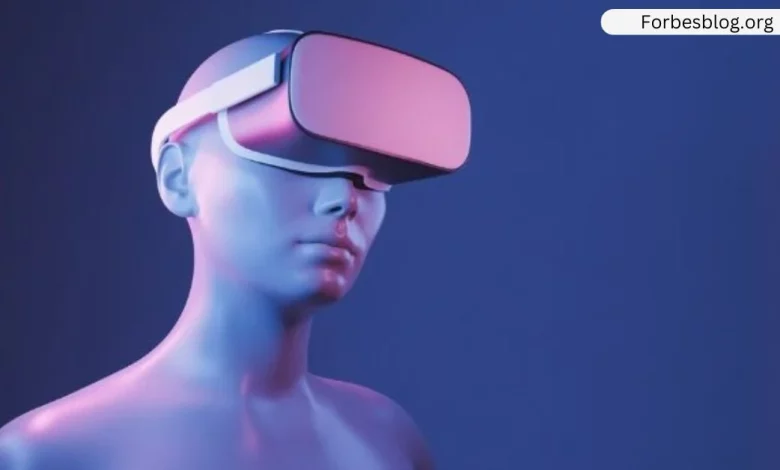Virtual Reality in Your OT Program

Technology is a prevalent feature in our daily life, since smartphones, Alexas, Wi-Fi, and Bluetooth have revolutionized practically every area of our existence. The latest phenomenon of the technological expansion is VR or virtual reality.
But what is virtual reality? It is the use of computer technology to create a virtual world. Unlike standard computer user interfaces, VR immerses you in an experience. Instead of looking at a screen in front of you, VR allows you to observe and interact with 3D environments. This can easily be observed in the medical field, for example, as part of the virtual reality occupational therapy process. The interventions use simulated technology for service delivery in the absence of physical interaction.
As the VR equipment (typically a headgear) is converted into a gatekeeper to this artificial world, several senses such as vision, hearing, touch, and movement are stimulated. The only limitations to near-real VR experiences are the availability of content and cheap processing power.
Table of Contents
What Do Occupational Therapists Think?
Occupational therapists consider health as more than simply the absence of disease or injury, but as the ability to accomplish what is important to people. Occupational therapy practitioners have recognized the relevance of engaging activities as a way of healing from the profession’s inception. A person may want to restore their ability to dress freely, which they might work on during “dress rehearsal” training sessions to enhance their physical performance and self-confidence.
Similarly, they urge individuals to participate in artistic endeavors that offer them delight and provide a break from their everyday routine. It has always been intriguing to witness the magical aspects of employing meaningful and purposeful activities in a therapeutic setting. It gives the patient greater influence over their treatment path and allows therapists to exercise their professional skills in the most humane and creative way possible.

Some Pros And Cons
Owing to budget limits, it is sometimes difficult to establish such rehabilitation programs these days. Individuals’ physical and functional requirements may be satisfied, but they frequently suffer greatly from a lack of purpose in their life. They frequently assume that they must wait until they are well again before resuming that goal. For some, that day may never arrive since they spend their whole lives managing chronic illnesses. This is where the promise of future technologies like virtual reality comes in handy.
VR’s immersive and interactive properties, together with the richer surroundings it creates, allow patients to move away from their diagnosis/disability while encouraging active engagement in therapy. Individualized virtual experiences (occupations) may be tailored by occupational therapists for individuals during rehabilitation sessions to make them relevant, enjoyable, and engaging for the client. An increased number of research studies demonstrate the benefits of adopting virtual reality in various rehabilitation settings such as pain treatment, mental health care, neurorehabilitation, and others.
The Categories Of VR Rehabilitation
VR rehabilitation may be divided into numerous categories. The first is a classification system based on the patient population. Rehabilitation practices in this category can be classified as musculoskeletal problems, poststroke, and cognitive and psychological illnesses.
The second categorization technique is based on the priority of the rehabilitation program in use. VR practice in the rehabilitation protocol may only be utilized as an adjunct or as the foundation of a rehabilitation program to supplement or replace traditional exercise or activity programs. Treatments for psychological problems include instructional approaches through examples, video games, and educational or rehabilitative approaches through “exposure.” In stroke therapy, the training technique that uses examples is commonly employed.
A system that senses a patient’s arm motions, for example, reflects arm movements on a computer screen as a motion of an item and is necessary to regulate the patient’s movement. The patient attempts to manipulate the ball using a certain joint or body movement while playing video games.
Finally, VR rehabilitation may be categorized based on the therapist’s closeness or distance. In VR and telerehabilitation methods, the therapist and client are within the same room; in telerehabilitation methods, the therapist participates in the patient’s rehabilitation process from a remote location.
Final Thoughts
While VR technology is still in its infancy and is not always a solution, more research and educational activities are being undertaken to guarantee that this new approach to treatment is safe and helpful for everybody. More possibilities are expected to arise as technology advances. Rehabilitation professionals must stay up to date on these changes and adapt to their customers’ demands.




